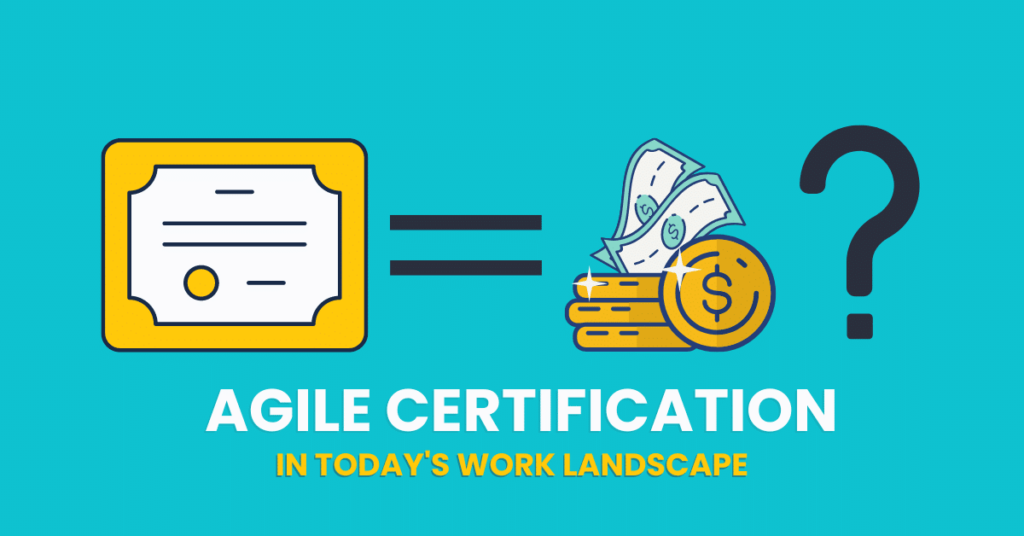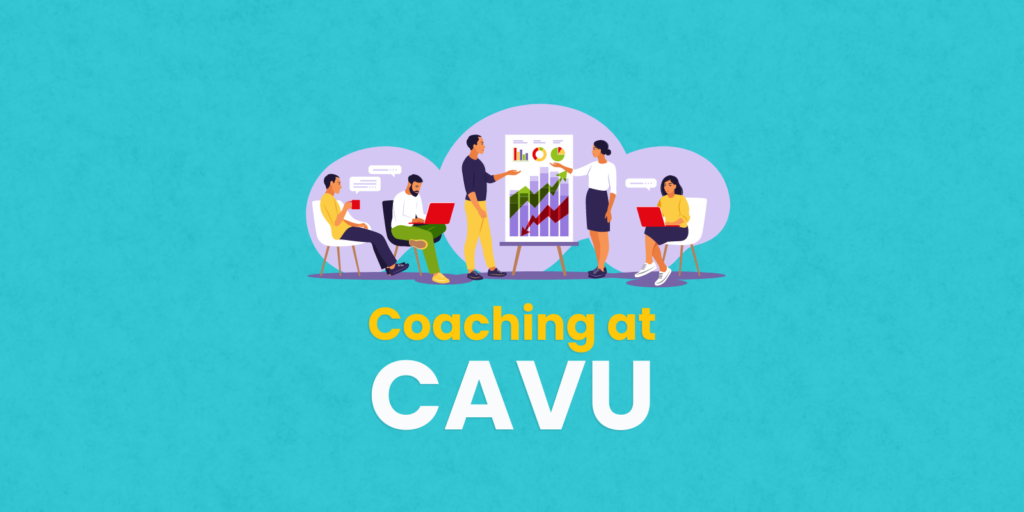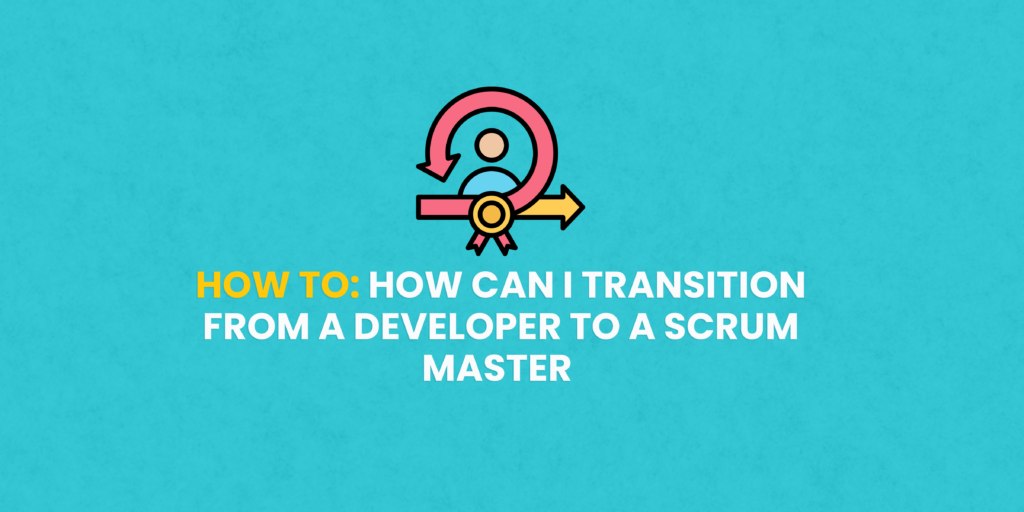Scrum is designed to solve interrelated problems that are common – but not unique – to software development projects: project scope and estimation.
Do these problems also exist in innovation projects? Will the Scrum solutions work for innovation projects as well? Short answers: Yes and yes.
Scrum developed ways to address the problem of project scope (the total amount of work needed before the project can be considered done). Since software can do so many things, it is hard to limit our needs. Therefore, project scope in software development has always been a huge problem.
In software development, project scope usually starts too big and only increases as the project progresses. Without an understanding of the project scope, it is hard to know when a software development project is complete. Therefore, projects often end when they run out of money or time, rather than being declared done.
Scrum addresses the project scope problem through emergent prioritized work, collectively referred to as the backlog. The backlog starts with currently known work and collects emergent work as the effort proceeds. In Scrum, one person (the product owner) prioritizes the backlog; this makes the backlog manageable. In each iteration, the team faces a limited set of high-priority work and understands what it means to declare that set of work done.
When an iteration is completed, the project must always be functional so the users can touch and feel it for flaws or errors. Each time, the product owner shows the results to the users and asks their opinion on business value created or development errors (often some version of, “What do you hate most?”). In this way, the largest possible mistake or waste of time is limited to a single iteration. If the project is off the rails, it can be reoriented before too much damage is caused. Thus, the process creates ideas for additional, emergent work that can be added to the backlog.
The product owner prioritizes the backlog items according to business value. In this way, the product owner can compare business value created by an iteration to the cost of that iteration. If there is no combination of work items with a total business value larger than the cost of an iteration, then the project is finished.
Innovation projects have similar problems. How do we decide what is the most pressing problem? How can we know when we’re done (or even when we will be done)?
We build the result a little bit at a time, ensuring the work we’re doing fits within the whole idea of done and to make sure we’re also collecting any emergent work. This incremental approach helps to solve scope problems in innovation projects, just like it does in software development projects.
Another problem iteration can help solve is estimation. Everyone wants to know how much a solution will cost and/or when it will be done.
Any time we discuss something in the future, we engage in estimation. Given what we understand in the present, we make predictions on how the future will play out. Unfortunately, the only truth we can predict is that humans are terrible predictors of the future (flying cars, anyone?). In fact, we are so terrible at prediction that our best defense is to think small. Scrum helps solve for this by using an iteration small enough that it can be estimated reasonably well and constrains the risk of an estimation error to a manageable size.
Over a handful of iterations, the team’s productivity per iteration (velocity) becomes apparent. The product owner can then estimate completion of the known backlog with a reasonable level of accuracy. If this estimate is over budget or over schedule, the backlog can be pruned and/or the organization can (carefully!) work to increase the team’s velocity.
When you’re involved in innovation efforts, consider a lightweight Scrum process involving: 1) a backlog of needs; 2) iterations of work focused on a few specific needs from the backlog; and 3) regularly showing how your solution actually works (even if it works poorly). In this way, you can focus on the most valuable work while collecting emergent work and manage cost and schedule effectively.
Want to take a deeper dive into Scrum and how it can improve your innovation and efficiency? Sign up for one of our upcoming Scrum Bootcamps to learn what you need to become a Registered Scrum Master and Registered Product Owner.








